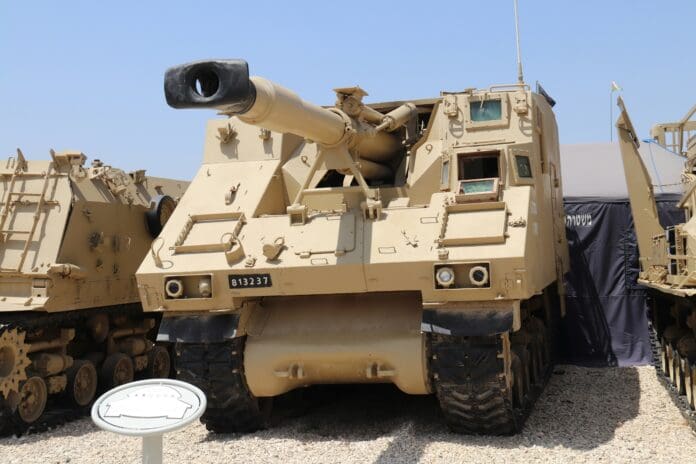This post is also available in:
 עברית (Hebrew)
עברית (Hebrew)
China is advancing the use of augmented reality (AR) in its ground forces, with new headsets designed to improve visibility and combat efficiency for armored vehicle crews. The system, which has appeared on platforms like the ZTZ-201 medium tank, combines real-time sensor data with AR overlays to give operators a 360-degree field of view directly through their helmets.
The core idea is to solve a longstanding problem in armored warfare: limited visibility from within the vehicle. By integrating external cameras and sensors, the AR headsets allow tank crews to “see through” the armor, projecting live video and critical data—such as vehicle health, ammunition levels, and targeting information—onto a transparent visor, according to Interesting Engineering.
Different modes are available depending on crew role. Commanders, gunners, and drivers each receive information relevant to their tasks. This enables continuous situational awareness in both rural and urban terrain, and in low-light or night-time operations.
Beyond passive viewing, the system includes features for active engagement. Gunners can reportedly direct weapons using head or eye movements, reducing response times and improving targeting speed. This function is similar to systems used in the U.S. Army’s Apache helicopters, where weapons align with the pilot’s line of sight.
The headsets also support vehicle-to-vehicle communication. When linked across multiple platforms, they can create a shared operational picture, improving coordination and data-sharing within armored units. This networked capability aligns with broader military trends toward integrated battlefield systems.
The design is modular, suggesting adaptability across different vehicle types and potentially wider adoption once field evaluations are complete. While it’s unclear whether the technology is already in full operational use, its deployment on frontline vehicles indicates that China is preparing for larger-scale implementation.
This development reflects a larger effort to digitize ground forces and incorporate real-time data into tactical decision-making. Similar AR-based systems are being tested by other militaries for infantry use, but China’s adaptation of the technology to armored platforms represents a notable shift in how traditional heavy vehicles may operate in the future.


























